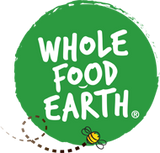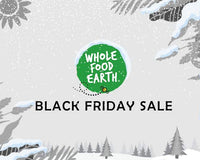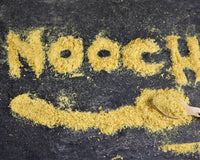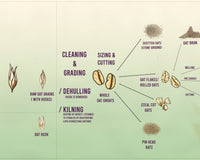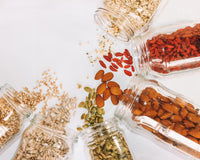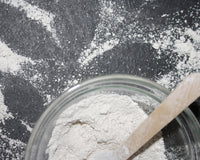Veganuary Guide To Reading Food Labels 🌱
Happy New Year! January is upon us and New Year Resolutions have begun, If yours is to go Vegan then this guide will help! Even if you are not vegan and pondering on the concept, or for anyone you know who's vegan - Ingredients to look out for that are not vegan :
• Casein – from milk (a protein)
• Lactose – from milk (a sugar)
• Whey – from milk. Whey powder is in many products, look out for it in crisps, bread and baked products etc.
• Collagen – from the skin, bones, and connective tissues of animals such as cows, chickens, pigs, and fish – used in cosmetics
• Elastin – found in the neck ligaments and aorta of bovine, similar to collagen
• Keratin – from the skin, bones, and connective tissues of animals such as cows, chickens, pigs, and fish
• Gelatine/gelatin – obtained by boiling skin, tendons, ligaments, and/or bones and is usually from cows or pigs. Used in jelly, chewy sweets, cakes, and in vitamins; as coating/capsules
• Aspic – industry alternative to gelatine; made from clarified meat, fish or vegetable stocks and gelatine
• Lard/tallow – animal fat
• Shellac – obtained from the bodies of the female scale insect Tachardia lacca
• Honey – food for bees, made by bees
• Propolis – used by bees in the construction of their hives
• Royal Jelly – secretion of the throat gland of the honeybee
• Vitamin D3 – from fish-liver oil; in creams, lotions and other cosmetics
• Albumen/albumin – from egg (typically)
• Isinglass – a substance obtained from the dried swim bladders of fish, and is used mainly for the clarification of wine and beer
• Cod liver oil – in lubricating creams and lotions, vitamins and supplements
• Pepsin – from the stomachs of pigs, a clotting agent used in vitamins
Source: https://veganuary.com/starter-kit/
